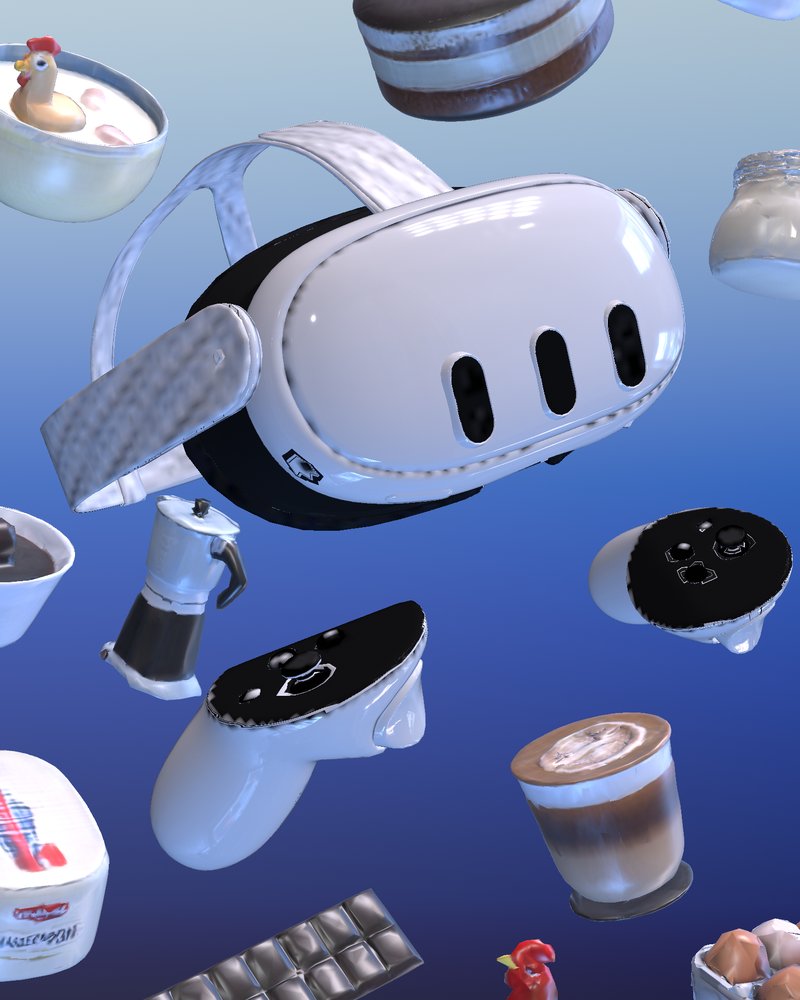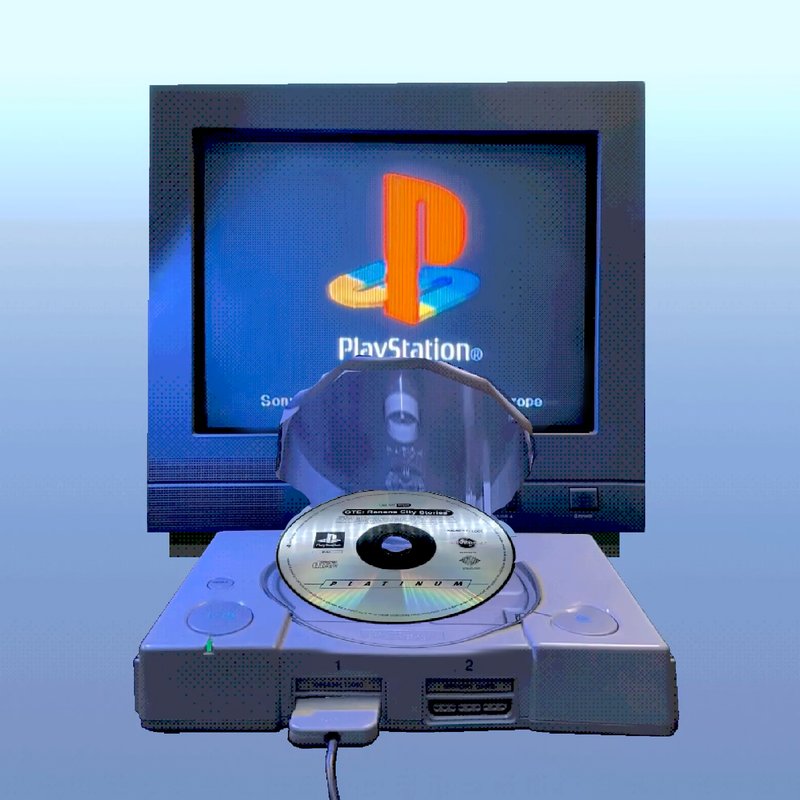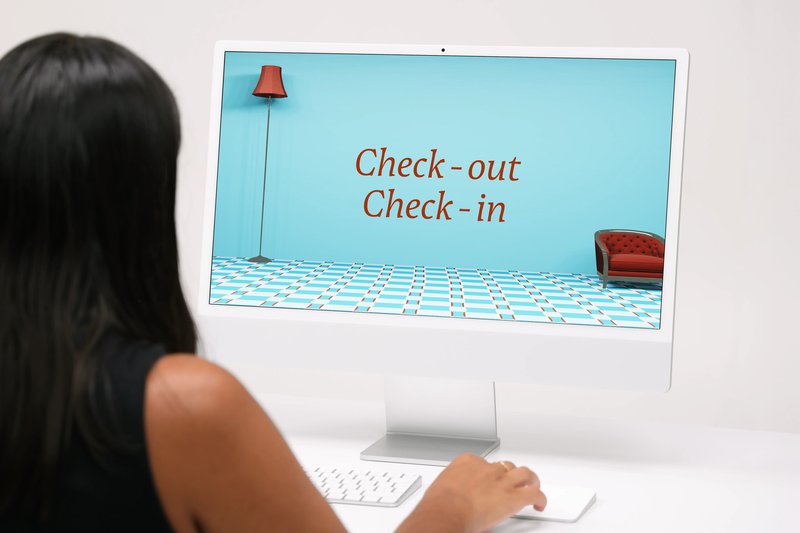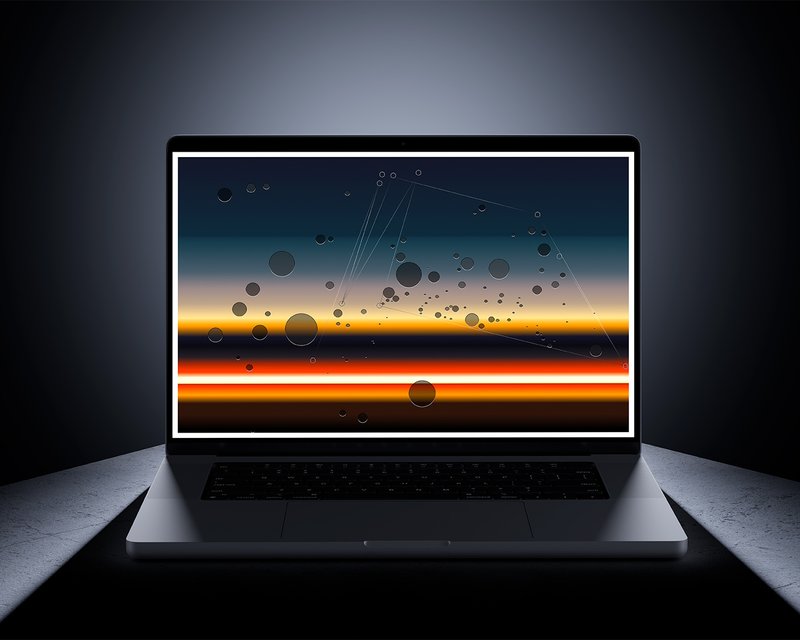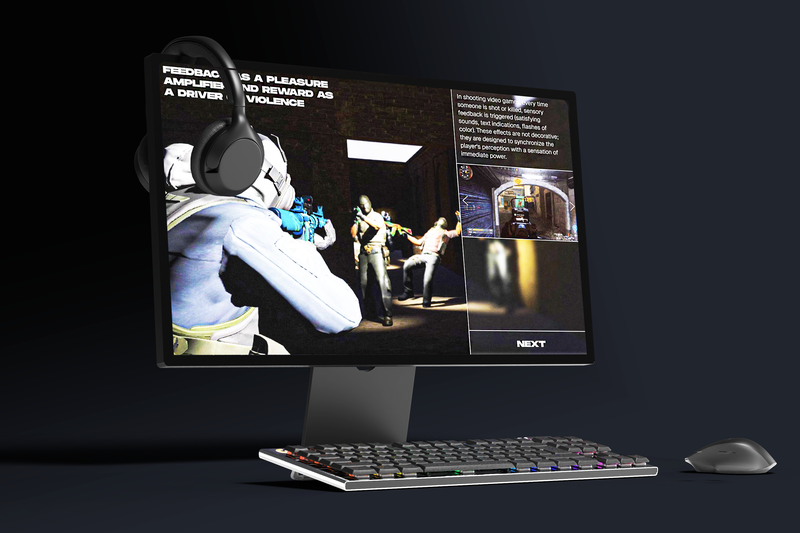
BA MEDIA & INTERACTION DESIGN
Mathias Liniger – Just a game?
with Pauline Saglio, Christophe Guignard, Alain Bellet, Gaël Hugo, Laura Nieder, Lara Défayes
Just a game? is an interactive project that explores how war video games contribute to the trivialization of violence through their game design. Why are weapons perceived as desirable objects? How do customization, visual and sound effects make the act of killing satisfying? What remains of a body after death in a video game? And what does this say about our relationship to violence? In these games, nothing is left to chance: pleasure, oblivion, hostility — it's all a question of design. Through a series of classic combat scenes, this immersive documentary invites viewers to observe, question and understand the systems that transform war into a playful experience.








